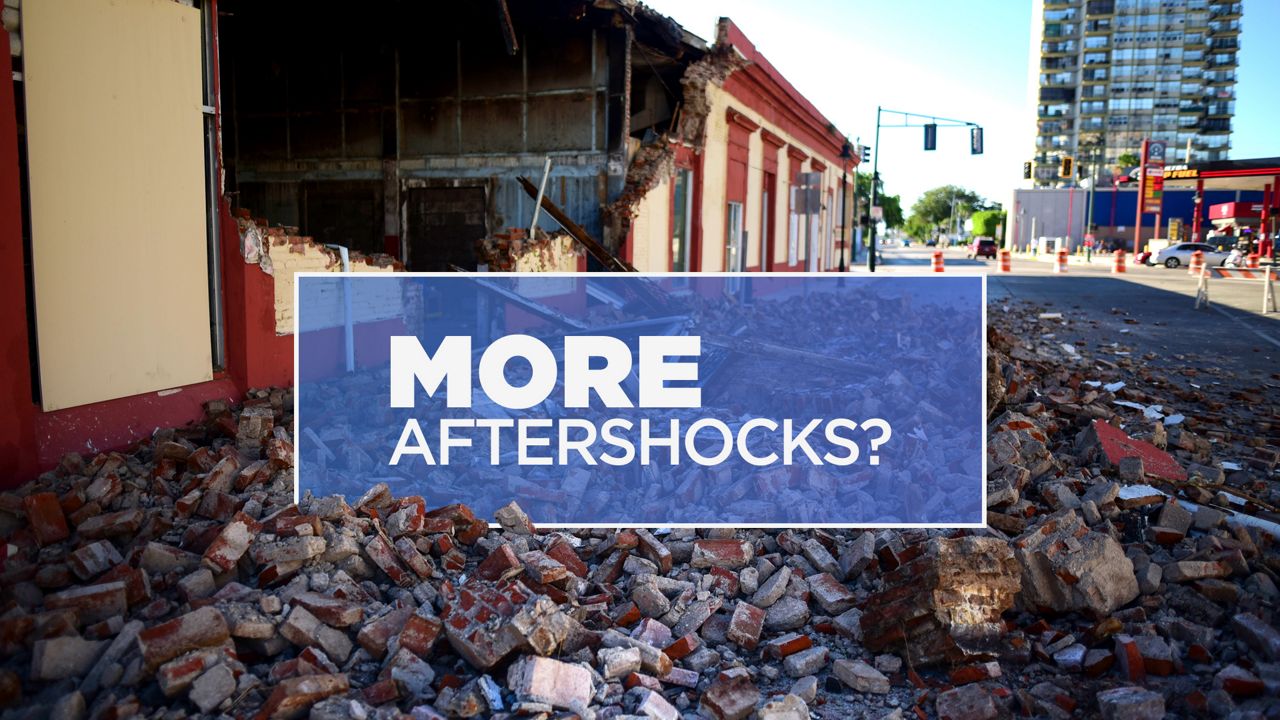PUERTO RICO - Puerto Rico is under a state of emergency after Tuesday's 6.4 magnitude earthquake rocked the island.
Is this the end of it?
- Tuesday’s 6.4 magnitude earthquake could be main one
- Aftershocks expected for an extended time
- Small possibility another major event to rattle island
Puerto Rico will still have to go through aftershocks and Tuesday's could possibly just be a preceding shock.
We reached out to geophysicist Don Blakeman at the U.S. Geological Survey's National Earthquake Information Center, who said because the 6.4 was bigger than Monday’s 5.8, that makes Tuesday's temblor the main earthquake.
He said people on the island should expect activity with aftershocks for an extended time, although in lower intensity.
But because it's so hard to predict earthquakes, there's a small possibility Tuesday's earthquake is only a preceding one to an even bigger quake.
Puerto Rico’s fault lines lie along the north of the island and along the south, where the activity is happening offshore.
The good news out of all of this, according to the NEIC, is the activity and where it is happening points to a low probability of a larger quake and a low chance for an ensuing tsunami.
Tsunami warnings are handled by a different federal agency.

Blakeman also explained how the increase in intensity has resulted in more damage.
For example, he said moving from a 4 magnitude to a 5 magnitude earthquake will have 10 times more ground movement and 32 times as much energy release.
If it went from 4 to 6, the intensity in ground movement would be 100 times more and 322 or 1,024 times as much energy release.
The scientists studying the Puerto Rico’s earthquakes said activity started since the third week of December.
The biggest earthquake on record happened in 1918.




